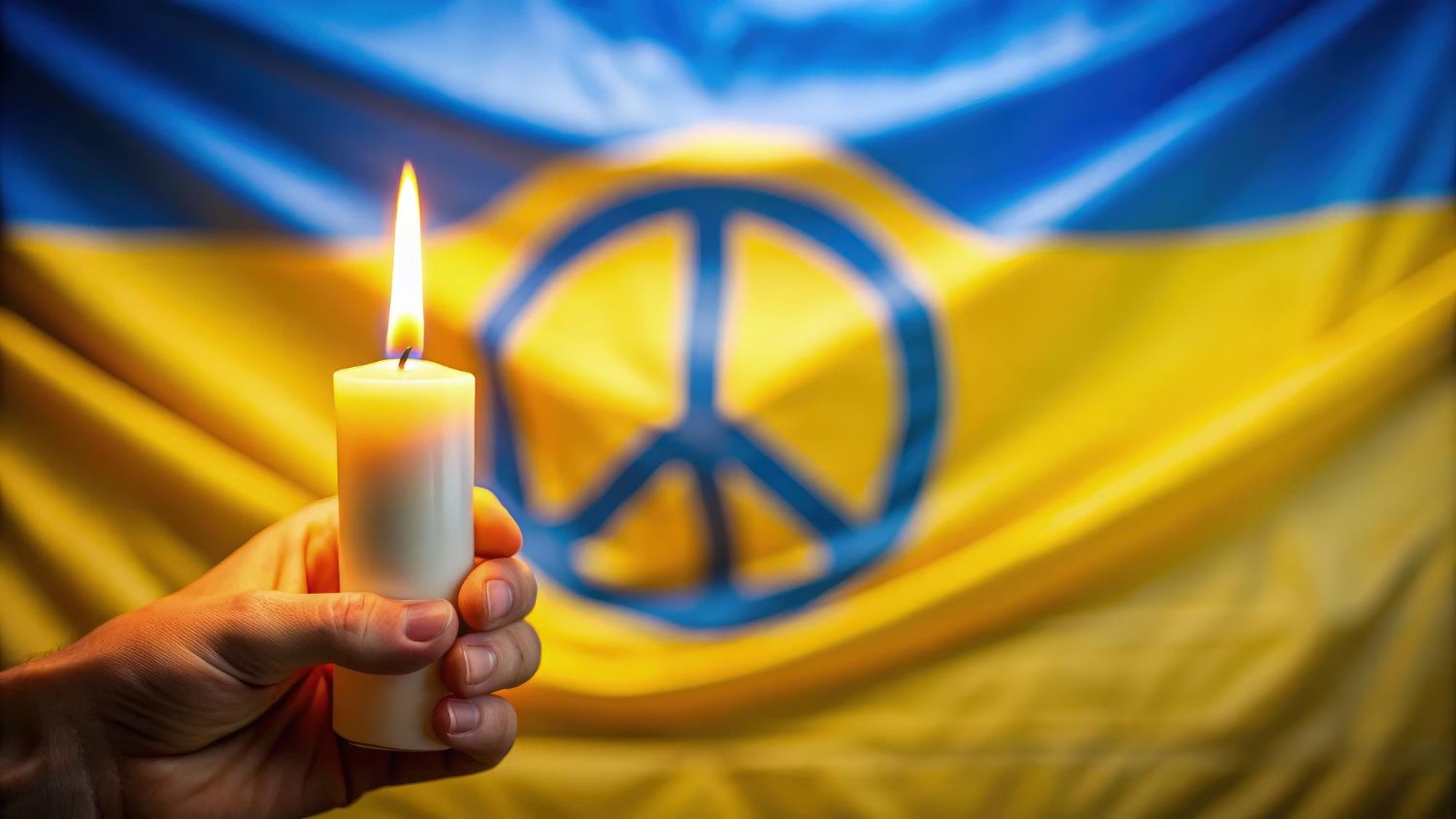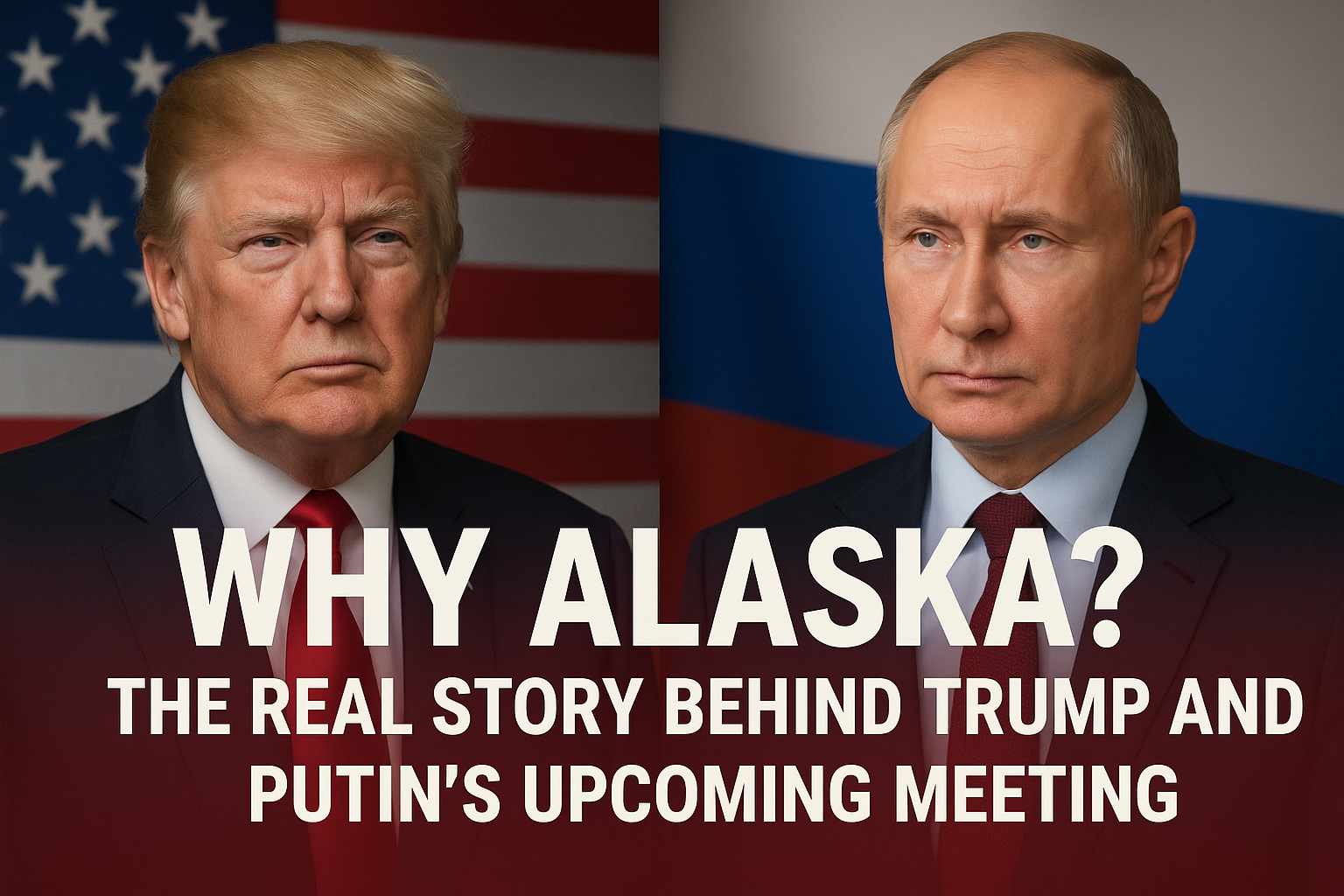The announcement of a face-to-face meeting between Donald Trump and Vladimir Putin has stirred global attention. Scheduled for next Friday in Alaska, the talks are aimed at finding a way forward to end the ongoing war in Ukraine. While this isn’t the first attempt to bridge the divide between Moscow and Kyiv, it may be the most high-profile yet — and the stakes couldn’t be higher.
Why This Meeting Is Happening Now
Efforts to halt the war have been going on for months, but with little progress. Trump, who has consistently claimed he could resolve the conflict quickly if he were in power, has been pushing hard for a breakthrough. His belief that the war might have been avoided altogether under his presidency is a theme he has repeated often.
Last month, tensions escalated when Trump gave Russia a deadline to agree to a ceasefire or face harsher U.S. sanctions. When that date came, instead of imposing new penalties, Trump announced the upcoming summit with Putin. This shift from pressure to dialogue suggests a renewed hope — or perhaps a calculated gamble — to bring both sides closer to peace.
According to Trump, recent talks between his envoy, Steve Witkoff, and Putin in Moscow were “highly productive,” setting the stage for the leaders’ direct engagement in Alaska.
The Ukraine Factor: Will They Be at the Table?
One of the big questions surrounding this meeting is whether Ukraine will participate. Officially, the White House has said Trump is open to including Ukrainian President Volodymyr Zelensky in a trilateral discussion. However, for now, the arrangement remains strictly between Trump and Putin — a format reportedly preferred by the Kremlin.
This has not gone over well in Kyiv. Zelensky has made it clear that any agreement struck without Ukraine’s involvement is unacceptable. In his own words, decisions about Ukraine “without Ukraine” are decisions “against peace.”

Tensions between the positions of the U.S., Russia, and Ukraine are evident. While Trump has hinted at possible territorial compromises, Zelensky has firmly rejected any proposal that rewards Russia for its invasion. He has repeatedly emphasized that Ukraine’s sovereignty and constitutional principles leave no room for conceding seized territories.
Could Ukraine Join Later?
U.S. Vice-President JD Vance has floated the idea that Zelensky might join the talks at a later stage. His reasoning is that direct negotiations between Putin and Zelensky might not be productive until Trump first lays the groundwork. This reflects a broader diplomatic strategy: resolve some sticking points between Washington and Moscow before bringing Kyiv into the room.
What Each Side Wants — and Why Agreement Is Hard
Trump has said that a peace deal is “very close,” but the reality is far more complex. Both Russia and Ukraine claim they want the war to end, but their definitions of peace differ sharply.
For Ukraine, the priority is restoring control over all territories occupied by Russia since 2014, including Crimea. Zelensky has ruled out any talks that involve recognizing Russia’s claims to these areas. For Russia, territorial control, Ukrainian neutrality, and limits on the country’s military capabilities remain non-negotiable.
The Trump administration has reportedly been exploring a compromise that would involve territorial exchanges. While this could theoretically end the fighting, it would require concessions from both sides that, so far, neither is willing to make. Vice-President Vance has acknowledged that any deal would likely leave all parties dissatisfied — but might still be preferable to ongoing bloodshed.
Why Alaska? The Symbolism Behind the Location
On the surface, Alaska might seem like an unusual choice for a U.S.-Russia summit. However, the historical and geographical ties make it significant.
The U.S. purchased Alaska from Russia in 1867, and the two countries remain geographical neighbors separated only by the Bering Strait. For the Russians, holding a high-stakes summit just across the water carries symbolic weight.
According to Russian officials, the location is “logical” given the proximity and history. The setting also adds a layer of political theater, echoing previous moments when Alaska played a role in U.S. diplomacy — such as the 2021 meeting between U.S. and Chinese officials in Anchorage.
What This Meeting Could Mean for the War’s Future
This summit is being billed as a potential turning point, but it’s important to remember that previous negotiations — including three rounds of talks earlier this year — have failed to deliver a breakthrough. The fact that Trump and Putin will be meeting in person may add urgency and symbolism, but it doesn’t guarantee results.

For the U.S., the goal is to find a workable framework that stops the violence and reduces the risk of further escalation. For Russia, it’s about securing strategic gains and international legitimacy for its actions. And for Ukraine, it’s about survival — both as a sovereign state and as a functioning democracy.
If this meeting leads to even a partial roadmap for peace, it could shift the war’s trajectory. But if it ends without progress, it risks deepening mistrust and prolonging the conflict.
Final Summary
The upcoming Trump-Putin summit in Alaska is more than just a high-profile diplomatic event — it’s a test of whether personal negotiations between two powerful leaders can succeed where months of formal talks have failed. The absence of Ukraine from the initial discussions has already drawn sharp criticism, and the fundamental disagreements over territory, sovereignty, and security remain daunting.
While Trump expresses confidence that a peace deal is within reach, the path forward is anything but simple. The Alaska setting adds historical symbolism, but the outcome will depend entirely on whether both sides are willing to compromise — something that has proven elusive so far. The world will be watching closely, because what happens in Alaska could determine the next chapter of the war in Ukraine.





